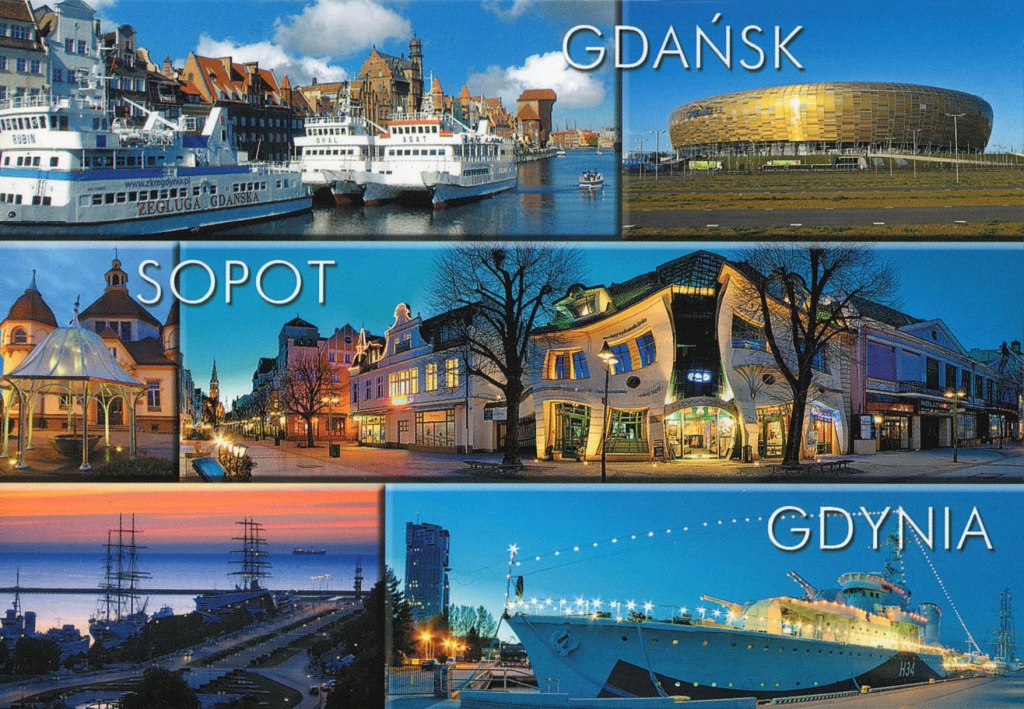

This, very cozy and emotional time of the year it has the power to bring back the memories of Poland and also the nostalgy i am feeling for a long time now. I love holidays and in Poland i spent the most glorious time of them, spent with close-like-family-friends, precious moments and generous evening gatherings with delicious meals, aromatic drinks and never ending talks. We have totally different traditions in Macedonia and i love them too. Since i was small child i enjoyed them and i was very sad when they were near ending. But many times, at this time of the year i had the chance to celebrate two Christmases, so i was doubling the happiness and meals and presents and everything… Ahh i miss the time. And i miss my people.
Additional information – So you may read before, i used to live in Gdansk for 6 months. The most wonderful time of my life. I fell in love immediately. I felt welcomed, connected, like i belong there. I adapted really quickly, in the city, in the house where i was living, the people i was living with and those i was working too. I started to understand and spoke the language very easily after the 2nd month. But ok, enough about me.
Tricity or Trojmiasto is a metropolitan area in northern Poland, on the Baltic sea, consisting of three cities: Gdańsk, Gdynia and Sopot.
Gdynia is a modern city port, Gdańsk is a historical monument and Sopot an elegant seaside resort.
– Gdansk with over 1000 years of history and tradition, offers visitors many interesting monuments located mostly along Długa Street and its direct surroundings. 16th and 17th century renovated residences line the street on an itinerary leading to the Old Town. Each building has its unique form and character mirroring that of its original owner.
The Gothic Main Town Hall houses the historical museum of the city. The Neptune Fountain, the symbol of the city, stands in Długa Street. The High Gate (Brama Wyżynna), together with the Executioner’s House and the Prison Tower (Katownia), the Golden Gate (Złota Brama) and The Amber Museum should be visited. On the quayside of the Mołtawa River stands the Crane, the biggest Medieval port crane in Europe. The Old Town is rich in ecclesiastical monuments, among which, the largest brick built church in Europe, the St. Mary Basilica (Kościół Mariacki), deserves special attention.
Gdańsk is not only the history of the past millennium. Modern Gdańsk is also the home of Lech Wałęsa, one of the founders of “Solidarność”, Nobel Peace laureate and former President of Poland. Many places in Gdańsk are closely linked to the “Solidarność” movement. One of them, The Pomnik Poległych Stoczniowców, also known as the Monument of Three Crosses, was erected to commemorate those who gave their lives in the streets of Gdańsk in the fight for democracy.
Today, arguably the city’s two most important attractions are the peerless World War II Museum, and the European Solidarity Centre – the immediate area of the historic Gdańsk Shipyards around which has been given the European Heritage Label.
– Sopot is called the summer capital of Poland, is a busy place especially in the holiday season and welcomes tourists from around the world. The famous Sopot pier juts out of Bohaterów Monte Cassino Street and is the longest wooden construction of this kind in Europe. From it there is a wonderful view of the Gulf of Gdańsk and a marvellous panorama of the city. Near the pier, there is a lighthouse open to the public.
– Gdynia is a relatively young city transformed from a village to an important industrial and maritime city between 1920 and 1930. Places of interest are plentiful in Gdynia. Three of them are located around Kościuszki Square: the Oceanographic Museum, the Marine Aquarium and the Naval Museum. Marine enthusiasts can visit the ship museums moored in the southern dockyard to see the ORP Błyskawica (“Lightning”) destroyer and the Dar Pomorza sailing ship.



